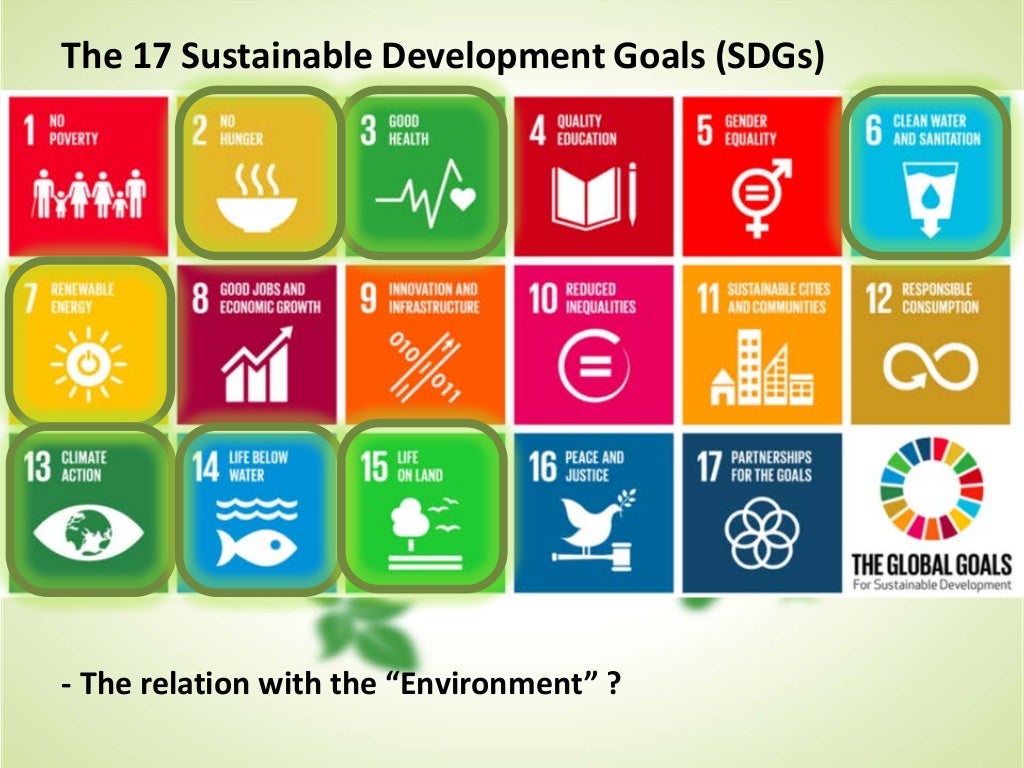The Role Of Civil Engineering In Developing Sustainable Industrial Infrastructure
It’s no secret that civil engineering plays a crucial role in the pursuit of sustainable development goals. These goals aim to end poverty, protect the planet, and ensure prosperity for all. In this post, we’ll dive into why civil engineering is such an important field for achieving these goals and explore how civil engineers are helping to build a more sustainable world.
Frequently Asked Questions about Civil Engineering and Sustainable Development Goals
What are the UN Sustainable Development Goals (SDGs)?
The Sustainable Development Goals are a set of 17 goals set forth by the United Nations in 2015 to achieve a better and more sustainable future for all. The goals cover a wide range of issues, from ending poverty and hunger to promoting economic growth and reducing inequalities.
How does civil engineering contribute to sustainable development?
Civil engineers play a vital role in the pursuit of sustainable development goals. They design, build, and maintain the infrastructure that keeps our societies running, from roads and bridges to water and energy systems. By designing these systems with sustainability in mind, civil engineers can help to reduce environmental impact and promote the long-term health and well-being of our communities.
Can you give examples of how civil engineering has helped to achieve sustainable development goals?
Sure! Here are just a few examples:
- Designing and building green infrastructure, such as green roofs and stormwater management systems, to promote biodiversity and reduce the strain on traditional infrastructure
- Developing energy-efficient buildings and transportation systems to reduce greenhouse gas emissions and combat climate change
- Creating sustainable water systems, such as rainwater harvesting and sewage treatment systems, to ensure that everyone has access to clean water
What skills do civil engineers need to contribute to sustainable development?
Civil engineers who are interested in sustainability need to have a solid understanding of sustainable design principles and be able to incorporate them into their work. They also need to be able to work effectively with stakeholders from a variety of backgrounds, such as community members, policymakers, and other engineers and scientists.
What challenges do civil engineers face when trying to achieve sustainable development goals?
One of the biggest challenges that civil engineers face is convincing stakeholders to invest in sustainable infrastructure. While sustainable infrastructure can save money in the long run, it often requires more upfront investment than traditional infrastructure. Additionally, civil engineers may need to navigate complex regulations and laws to implement sustainable infrastructure solutions.
What can individuals do to support civil engineers in achieving sustainable development goals?
Individuals can support civil engineers by advocating for sustainable infrastructure in their communities. This can involve participating in public meetings and voicing support for sustainable design solutions, as well as being proactive about reducing personal environmental impact.
How can the civil engineering profession continue to evolve to promote sustainable development?
To continue to be effective in promoting sustainable development, the civil engineering profession needs to stay up-to-date with the latest research and technology. This may involve incorporating emerging technologies, such as artificial intelligence and machine learning, into sustainable infrastructure design and maintenance. Additionally, civil engineers may need to work with other professions, such as urban planners and architects, to create truly integrated and sustainable infrastructure solutions.
What are some exciting developments in civil engineering when it comes to sustainable development?
There are many exciting developments happening in civil engineering that are helping to promote sustainable development and build a more sustainable future for all. Some of these developments include:
- The use of 3D printing to construct bridges and other infrastructure more efficiently and sustainably
- The development of new materials, such as self-healing concrete, that can reduce maintenance costs and increase the lifespan of infrastructure
- The use of big data and analytics to monitor and optimize the performance of infrastructure systems in real-time
As we can see, civil engineering plays a crucial role in achieving sustainable development goals. By designing sustainable infrastructure, civil engineers are helping to build a more prosperous, equitable, and sustainable world for all. Individuals can support this work by advocating for sustainable design solutions in their communities, and civil engineers can stay up-to-date with the latest research and technology to continue to promote sustainable development in their work.

Post a Comment for "The Role Of Civil Engineering In Developing Sustainable Industrial Infrastructure"